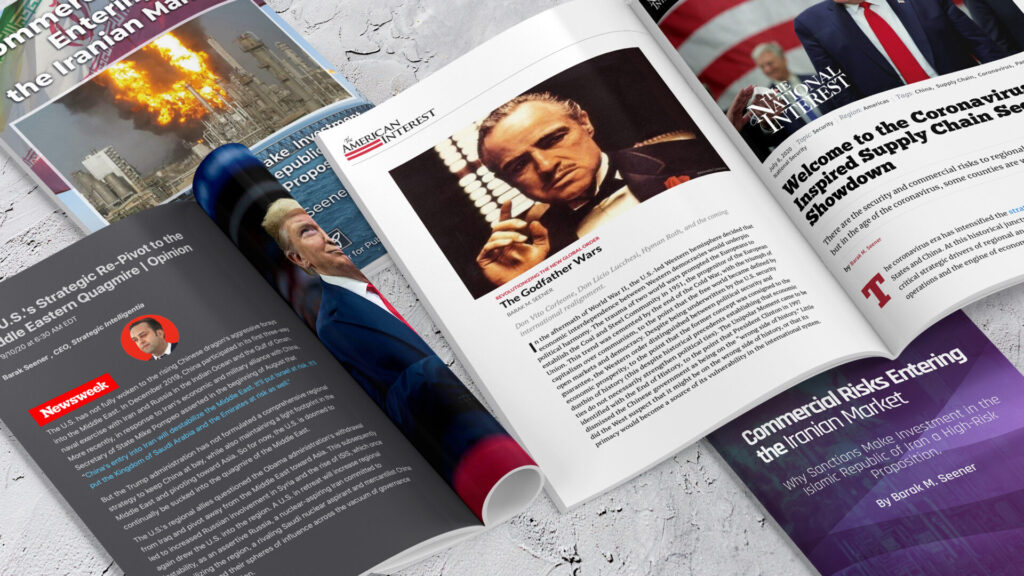If the last few months have taught us anything, it’s that Digital Transformation is the answer to the many questions companies are challenged with right now. Even before Coronavirus hit business where it hurts the most, it was a hotly debated topic on the forefront of most corporate agendas – should we, shouldn’t we? How and when? And then in one fell swoop, the answers to those question came: Yes. With outsourced expertise. Now.
In our previous article in the Digital Transformation series, we rounded up the reasons why you need to get on the bandwagon. We discussed the need to start at gut level, by having an introspective look at existing processes, what works, what doesn’t and thus creating new system processes, culture and strategies with the incorporation of digital modelling to ensure sustainability and legacy survival.
The road to digital transformation is not straightforward – there are many junctions, forks and hair pin bends. As instant as the world online is, ones ascent into its orbit, is a much longer and more thoughtful process. Case in point, it may be an 8.5 minute space shuttle ride into space to then smoothly dock with the International Space Station, but getting it there took over 60 years of blood, sweat, tears, tragedy and success. We’ve launched companies into digital transformation process several times over – helping them to avoid the avoidable, and the turbulence and encumbrances that often await behind the clouds of inexperience – especially for aspirant companies breaching the ceiling for the first time.
Road Mapping – Let’s Talk
The beginning of any change starts with an integral inward look and genuine assessment of the company: what are our values? Who are we? Who do we want to be? Where do we want to be in 5-10 years time? Then a look around at competitors, the market and where you really sit in that field and the marketplace? What is the real perception and narrative of the company – not what you believe it to be but the real qualitative and quantitative data of what your customers and consumers believe you to be. If you don’t understand the perception and reality of the situation, you can’t effect fundamental and substantive change – only bandaids and duct tape solutions that will one day crumble and compound once fixable problems into irrevocable contretemps – not to mention being left behind and irrelevant.
One must have the foresight to leverage real understanding with contextualized data to build and test actionable strategies and road mapping, which align with newly created digital business models, mission, vision and corporate/brand goals. For companies that want to tackle this on their own it means pulling apart CRM’s, every set of analytics they can get their hands on, purchasing research and white papers within their industry, exploring the thousands of digital modeling programs to move forward with and the development and integration of digital platforms, tools and apps to bring them online – not to mention the constant and consistent monitoring, data pulls and analysis that needs to be done moving forward for tracking, predictive forecasting and strategic adjustment. Plus, their has to be an allocation to create a consistent proactive communication strategy with employees and consumers on those changes, the phases of implementation and what that means to them and why.
Or, you can pick up the phone and call someone like us with our proprietary CAST system to do the heavy lifting – either way, it’s a huge undertaking and requires full corporate commitment with an extraordinary amount of assessment, fore planning and financial pledge. You’ve heard this reiterated many times – but it’s not a case of saying it and then hoping for the best. It’s creating the big goal followed by all the micro steps upwards to reach the destination – at which point, you’ll move the goal post once more. Because shift always happens.
Some of the major questions you should be looking at in your assessments include:
What does digital mean to you? How is it going to fundamentally improve your product/service? What new services do you need to offer and what services or products are no longer relevant? How do you deliver that digitally? How do you create an enjoyable and intuitive digital customer journey? How do you or your service/product become indispensable to the consumer – a part of the fabric of their lives? How do you use your experience and products to disrupt the market? What can we realistically afford to do? Can and do we want investment? What are we willing to live with and what are we not willing to live without?
Digital transformation does not have a cookie-cutter formula – it moulds differently for different companies. Once you’ve been able to establish answers for those questions, you’ll need to start developing the road mapping to create ‘the roadmap’ – of how and when you’re going to implement and how much its going to cost you.
Road Mapping – an indispensable keystone that coordinates all – is how the many strands and bands within a company’s overall strategy are streamlined for the purposes of increasing profits, reducing costs, creating better, easier and more effective processes with faster and cheaper/competitive delivery of products and services – not to mention creating buy-in, belief and loyalty from employees and consumers alike whilst maintaining steady growth. Digital transformation is a necessary step in that direction – it is no longer a debate but the new model of sustainability, survivability and future-proofing.
Where to start with Implementation and Road Mapping
The first part of the road mapping is developed post assessment – utilizing the data and analysis to create the new corporate strategy. We generally advise clients to create the full-blown ideal data-backed strategy and then dial it back to fit it into what’s financially and operationally feasible per each phase, with the ability to scale should it become possible through growth. Once strategies are refined, the implementation plan has to be developed – this has to take into consideration changes that can be made without disrupting customer services and within financial boundaries.
Clear KPI’s, milestones and corporate goals have to be defined for each phase in addition to realistic timeframes to develop and install digital platforms, transition systems, performance testing, develop Standard Operation Procedures (SOP’s), departmental and corporate policies and procedures, and complete staff training.
Additionally, messaging, narratives and strategies must be developed for both internal and external communications for employees and consumers that run in parallel to systems development, business development and sales and marketing initiatives. The transition is essentially an 80/20 split – 80% on research, development and planning and 20% on the actual implementation itself. If the planning isn’t meticulous and clear from the outset, the implementation will be nothing more than a series of expensive failures. There are some things in life you can wing with a prayer and bit of luck – this isn’t one of them.
Through another lens, digital transformation is effectively, brand evolution – and it can start with simple daily tasks that move employees away from spreadsheets and PDFs straight into powerful, electronic collaborative versions, digital project management platforms or CRM’s that work on all devices. Modern e-forms have advanced capabilities like validation to eliminate errors and omissions, automatic calculations for accurate data, e-signatures so there’s no need to print and data transfer eliminating the need to rekey information.
Automating everyday processes will begin to shift gears into a holistically digital mindset – not to mention cutting down time, effort and increases accuracy – no form left to be buried in a pile on someone’s desk – creating collaboration, teamwork and greater operational oversight – all crucial in road mapping.
The benefits can be transformative, from major cost reductions in operations to massive productivity increases – digital paves the way for cohesive strides forward – but make sure you have a plan for that transition and allow for periods of adjustment into those changes, even simple ones.
The transformation doesn’t always mean blowing the building floor by floor into a crater and rebuilding from the ground up – sometimes it just means ‘doing better’, but that requires ruthless honesty on what it really means to survive today and into tomorrow. The days of companies resting on their laurels and living in the limbo of ‘we’re ok and doing fine now’ has been quickly been replaced with the ability to ‘adapt or die’ as evidenced by the recession triggered overnight by the coronavirus and 25 million layoffs globally in its wake. Limbo, indecision and clutching to the comfort of ‘what works’, rather than embracing innovation and regeneration has bought many companies a one-way ticket into extinction. It may not be an easy road ahead, but it’s certainly a necessary one. It’s now or never.
In the next series of Digital Transformation, we look at financing digital transformation
Evoke International.















